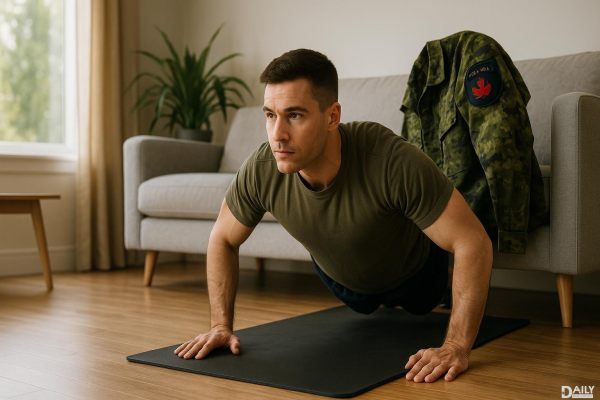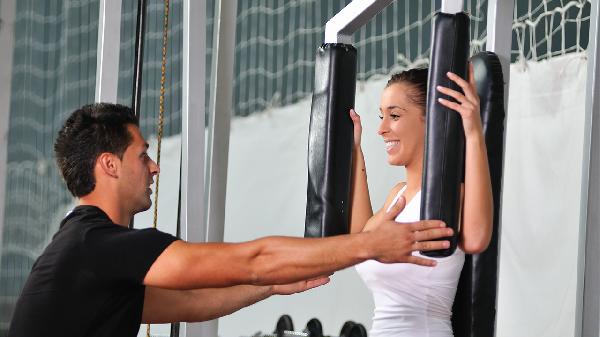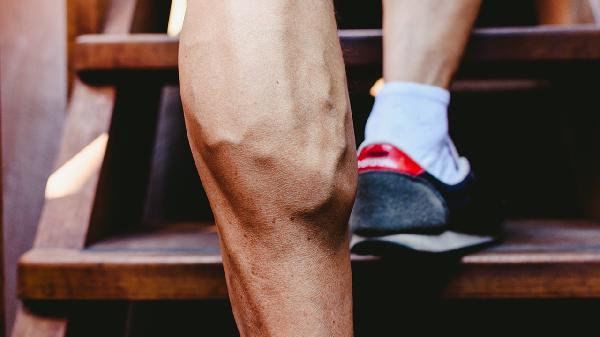Lunges are a powerhouse move for building lower-body strength, but if your knees are screaming in protest, it's time to reassess your form—or whether this exercise is right for you at all. The truth? Lunges aren’t inherently bad for your knees, but poor technique or preexisting conditions can turn them into a one-way ticket to discomfort. The key is understanding how to adapt the movement to your body’s needs while respecting its limits.
Why Knee Pain Happens During Lunges
Knee pain during lunges often boils down to two culprits: weak stabilizing muscles or improper alignment. When your glutes, hips, or core aren’t pulling their weight, your knees absorb excessive force. Dr. Alyssa Kuhn, a physical therapist, notes that lunges demand significant knee stability, which can be tough for those with arthritis, past injuries, or underdeveloped quadriceps. Another common mistake? Letting your front knee cave inward or jut past your toes, which strains the joint. Think of your knee as a hinge—it’s designed to track in line with your foot, not wobble sideways or bear uneven pressure.
How to Nail the Perfect Lunge
Orthopedic surgeon Dr. Matthew Harb emphasizes that precision matters more than depth. Start by standing tall, then step forward far enough that your front knee stays behind your toes as you lower. Your back knee should hover just above the floor, with your torso upright (no leaning!). Engage your core to avoid overarching your lower back. For beginners, try "pulse lunges"—small, controlled movements—to build strength before attempting full range-of-motion reps. And if balance is shaky, hold onto a chair or wall until you feel steady.
Knee-Friendly Lunge Variations
If traditional lunges feel brutal, trainer Jessica Mazzucco recommends these tweaks:
When to Skip Lunges Altogether
Persistent sharp pain—not just muscle fatigue—is your body’s red flag. Conditions like meniscus tears, ligament damage, or advanced osteoarthritis may require avoiding lunges until rehab strengthens supporting tissues. Dr. Harb advises consulting a physical therapist if pain lingers beyond 48 hours or swells post-workout. Remember: Fitness shouldn’t hurt. Alternatives like step-ups or resistance-band walks can deliver similar benefits while being gentler on joints.
Lunges can be a knee’s best friend or worst enemy—it all hinges on execution and individual capacity. Listen to your body, prioritize form over ego, and don’t hesitate to modify. Your future self (and knees) will thank you.
























